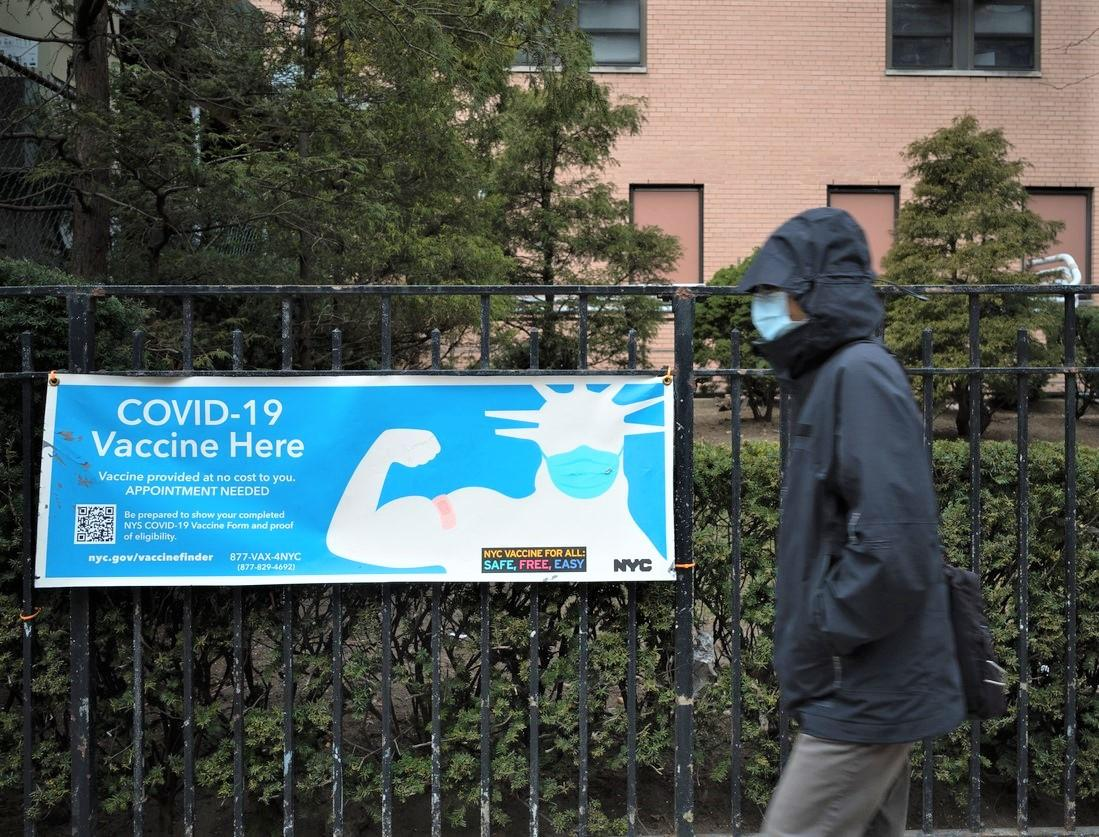
Many younger people in high-income New York City neighborhoods accessed COVID-19 vaccinations before they were eligible, risking the lives of older people in low-income areas by pushing them down the queue, according to research in the Journal of Urban Health.
Led by researchers at the University of Witwatersrand in South Africa and Columbia University, the study used linked data from the Census Bureau and New York City Health.
Starting on December 14, 2020, New York administered vaccines to high-risk hospital workers, expanding to adults 70 years and older on January 4, 2021, 60 and older on March 10, 50 and older on March 23, and those 30 and older on March 30.
Older age greatest risk factor for COVID death
In the first 3 months of COVID-19 vaccine availability, low-income neighborhoods with higher percentages of people 65 years and older had lower vaccine coverage (average vaccination rate, 52.8%; maximum coverage, 67.9%) than higher-income areas (average vaccination rate, 74.6%; maximum coverage in the wealthiest quintile, 99%). Over the year, low-income areas also had higher death rates.
If New York had focused limited vaccine supply on low-income areas with high proportions of residents 65 or older, overall mortality might have been lower.
Despite limited vaccine availability, many younger people—especially in high-income neighborhoods—jumped the queue to get vaccinated before they were eligible (average coverage, 60% among residents 45 to 64 years in the most affluent quintile). A year later, when vaccines were broadly available, older residents' median vaccine uptake was 87%, including in the poorest area.
"Our analysis provides clear evidence of why U.S. policymakers must target their distribution approach to providing access to lifesaving technologies in short supply, focusing first on those most at risk of severe morbidity and mortality," lead author Nina Schwalbe, of Columbia University, said in a Columbia news release.
The greatest risk factor for COVID-19 death was older age, the authors noted.
"When rolling out a new vaccine, policymakers must account for local contexts and conditions of high-risk population groups," they wrote. "If New York had focused limited vaccine supply on low-income areas with high proportions of residents 65 or older, overall mortality might have been lower."















